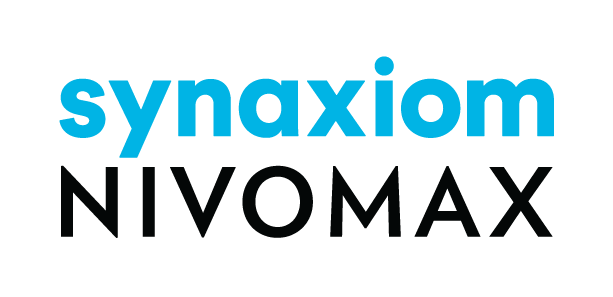Understanding Modular Summaries and Service Bulletins in Aviation
Published on May 9, 2024 ( Last Updated on December 24, 2025 ) | 3 min read
In the aviation industry, maintaining the highest standards of safety, compliance, and efficiency is paramount. Two critical tools used to manage and communicate changes in aircraft components are Modular Summaries (ModSum) and Service Bulletins (SB). These tools not only ensure that aircraft meet regulatory and operational standards but also help manage updates throughout an aircraft’s lifecycle. This article explains these concepts and illustrates their use with a real-life example.
What is a Modular Summary?
A Modular Summary (ModSum) provides a detailed record of an aircraft’s configuration as it leaves the factory. It includes comprehensive information about the aircraft’s initial assembly, including every installed component and system. ModSums are crucial for maintenance planning and ensuring that technical publications accurately reflect the current configuration of the aircraft. They help maintenance crews understand the exact specifications of any given aircraft, particularly useful for fleets where aircraft configurations might differ due to the model year or specific customer customizations.
What are Service Bulletins?
Service Bulletins (SBs) are formal notices issued by Original Equipment Manufacturers (OEMs) to alert aircraft operators about required changes to their aircraft. These bulletins may relate to safety, regulatory requirements, or enhancements for better performance and may involve modifications to existing equipment or the installation of new components. SBs detail the urgency of the modification, the affected parts, the aircraft models concerned, and instructions for making the changes. They play a crucial role in the ongoing maintenance and safety oversight of aircraft fleets.
Integration of ModSum and SBs
Service Bulletins and Modular Summaries work hand-in-hand to ensure aircraft safety and compliance. While the ModSum indicates the original configuration of the aircraft at the time of manufacture, SBs guide necessary updates after the aircraft has entered service.
Real-Life Example: Component Update
Imagine an aircraft model equipped initially with a specific hydraulic pump, Component X, which has been identified to occasionally overheat under certain conditions. The first 10 aircraft off the production line feature this component. Upon discovering the issue, engineers develop a more efficient and safer hydraulic pump, Component Y, which resolves the overheating issue.
Service Bulletin Issue
The aircraft manufacturer issues a Service Bulletin outlining the need to replace Component X with Component Y for all aircraft already in service. This SB provides detailed instructions on how to make the replacement, explains the reasons for the change, and specifies that the bulletin applies to the first 10 aircraft manufactured with the older component.
Manufacturing and Modular Summary Adjustment
For all subsequent aircraft, starting from the 11th unit, the manufacturer includes Component Y during the assembly. The Modular Summary for these aircraft records Component Y as part of the original equipment. The updated ModSum ensures that the maintenance manuals and operational guides reflect this change, simplifying future maintenance and compliance checks.
Operational Impact
An airline operating one of the first 10 aircraft reads the Service Bulletin and schedules a maintenance check to replace the hydraulic pump. Once the update is completed, the maintenance team updates the aircraft’s records to reflect the new configuration. This information is crucial during resale, further maintenance, or any regulatory review, ensuring that the aircraft adheres to safety standards.
Conclusion
In the dynamic field of aviation, Modular Summaries and Service Bulletins are essential for ensuring that aircraft remain safe, efficient, and compliant with all regulatory requirements. They provide a systematic method for managing changes and ensuring that all parties, from manufacturers to operators, have the most current and accurate information regarding aircraft configurations. Through these tools, the aviation industry can manage continuous improvements and uphold stringent safety standards.

